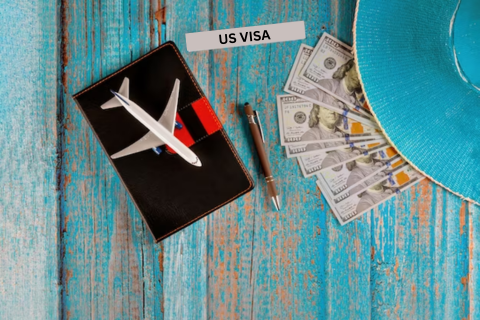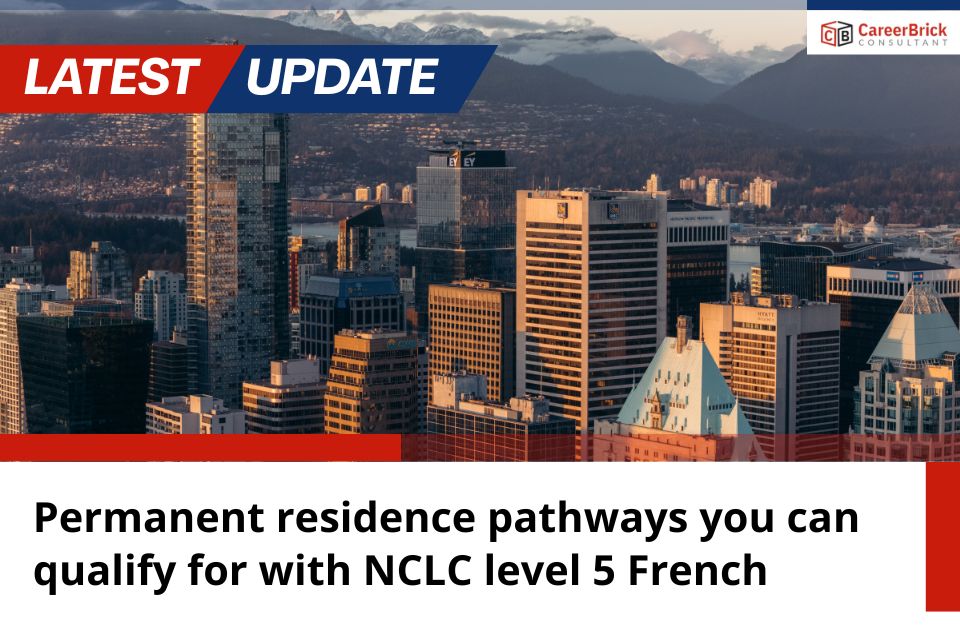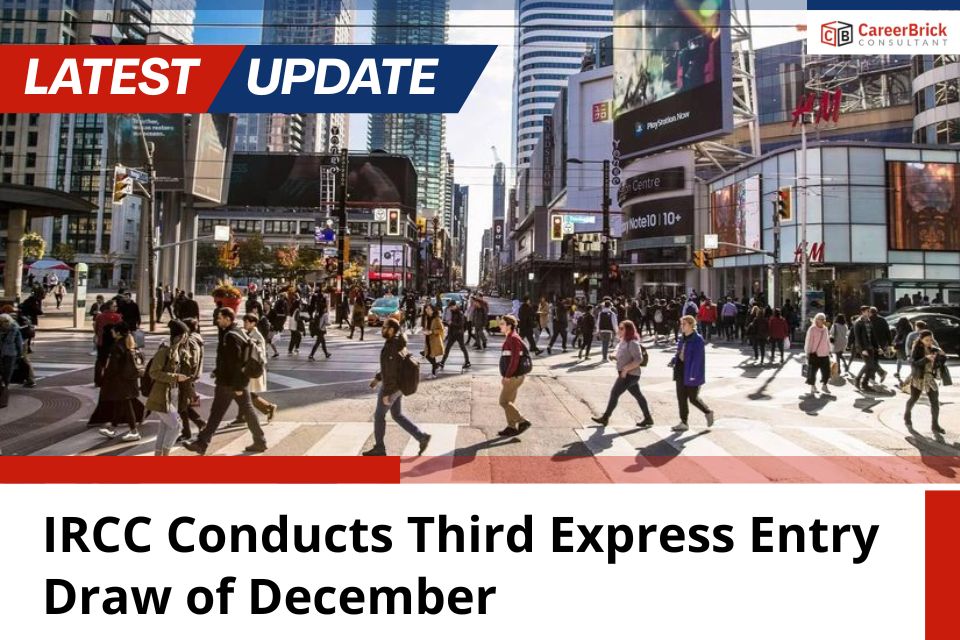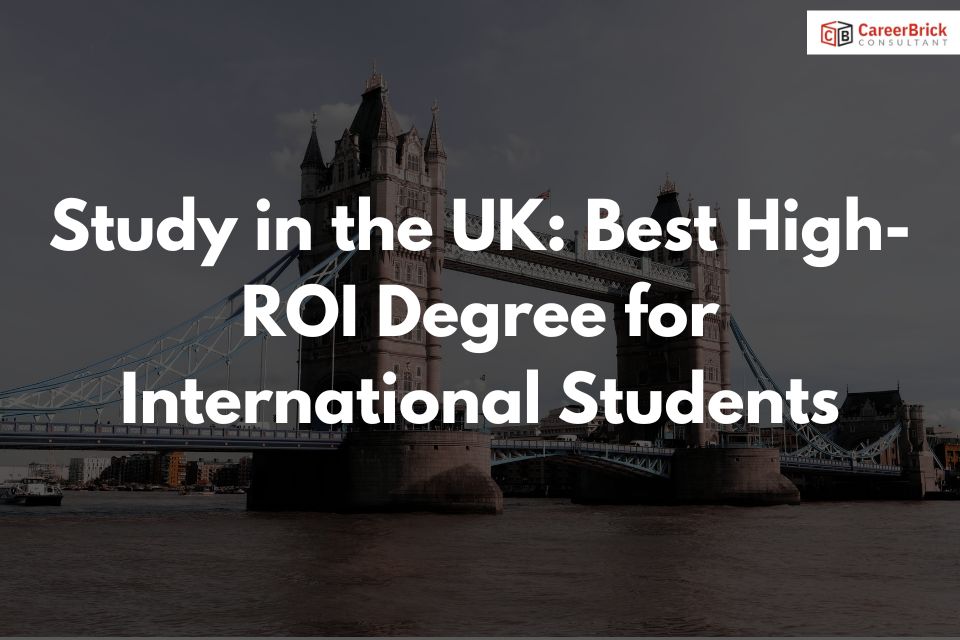In a recent move, the US government has announced a 15% increase in the fees for tourist and student visas. This announcement has come as a surprise for many and has raised concerns among students and tourists who plan to visit the United States in the near future.
The new fee structure, which came into effect on April 2, 2023, will affect all non-immigrant visas, including tourist and student visas. The fees for these visas have been increased from $160 to $184, which is a significant increase for many people.
Reason for the Hike in Fees Charges
The US government has stated that the increase in fees is necessary to cover the rising costs of processing visa applications and to maintain the security and integrity of the visa system. They have also stated that the increase in fees will help to fund the technology and personnel needed to process visa applications more efficiently and effectively.
Impact on Students and Tourists
The increase in visa fees has been met with criticism from many quarters, especially from students and tourists who are already struggling to make ends meet due to the COVID-19 pandemic. Many students and tourists have taken to social media to express their displeasure and frustration at the fee hike, stating that it will make it more difficult for them to afford a trip to the United States.
It may also have a negative impact on the US tourism industry, which has already been hit hard by the pandemic. According to a report by the US Travel Association, the US tourism industry lost $766 billion and 5.6 million jobs in 2020 due to the pandemic. The increase in visa fees may discourage many potential tourists from visiting the United States, which may further exacerbate the problems faced by the tourism industry.
The hike in visa fees may also affect the number of international students who choose to study in the United States. The US is one of the most popular destinations for international students, and the increase in visa fees may make it more difficult for many students to afford a US education. This may lead to a decline in the number of international students, which may have a negative impact on the US economy and its ability to attract the best and brightest students from around the world.
Furthermore, the increase in visa fees may also have a negative impact on the US's reputation as a welcoming and inclusive country. The US has always been known for its openness and willingness to welcome people from different backgrounds and cultures. However, the increase in visa fees may give the impression that the US is becoming less welcoming and more focused on generating revenue from visa fees.
Conclusion
It is likely to impact the affordability of travel and education for many individuals seeking to visit or study in the United States in the near future. While the US government has stated that the increase in fees is necessary to cover the rising costs of processing visa applications and to maintain the security and integrity of the visa system, it has been met with criticism from many quarters. The increase in visa fees may also have a negative impact on the US tourism industry and the number of international students who choose to study in the United States. It remains to be seen how this development will affect the US's reputation as a welcoming and inclusive country, but it is clear that the increase in visa fees will have far-reaching consequences.







